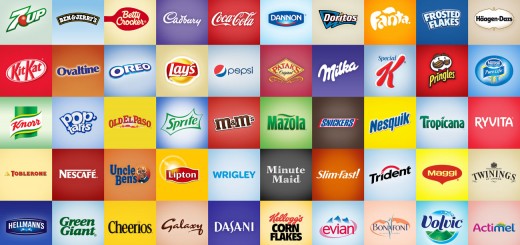The real challenge of digital marketing is wastage
The digital paid search map is getting more intertwined with the rest of the web.
Brands now have to consider their strategy for pure desktop and mobile search, social advertising, mobile display, Facebook’s dynamic product ads, and inside mobile apps. If any of these parts of the sum are inefficiently or inexpertly managed, the costs for the brand rise, and their return on advertising spend (ROAS) goes down.
They also win fewer customers than their rivals. The real challenge for any brand that invests in paid search, whether it is on the desktop or mobile, or any other channel, is to avoid digital waste.
A study by Augusta Consulting found that only one in five ads are considered an efficient use of budget. Part of that wasted inventory problem is spam-related and is still a problem to be resolved. However, marketers can improve their ROAS by using data insights and predictive marketing to work smarter.
The trick is to use technology to manage complex campaigns and drive revenue from the right channels and devices that work for each brand. Digital is absolutely not one-size-fits-all.
Our experience is that brands, via their agency partners, are increasingly keen to get access to more data on the performance of their multiple digital touch points. The enterprise search part of that makes up a significant part of their promotional budget and the program is usually outsourced to a specialist agency. Marketers typically start by setting up proper paid search reporting tools and deploy automated bid systems that include its budgeted spend and target audiences.
Previously the marketer has limited visibility into the effectiveness of their paid search marketing programs. Now they have a fire-hose of data to see which campaigns, and what strategies, are resonating with consumers.
That is the starting point when moving to fully managed paid search. The agency wants to impress at the outset and convince the brand there is value in automating the scale of their campaigns, and getting better prices in keyword auctions, and optimising their search in tandem with their social advertising spend.
The data they receive back in the form of reports shows where their consumers are, what they are clicking on, and how they could modify the campaign to get higher click-through rates. This is where finely tuned algorithms come into play.
That data dashboard includes the full soup of acronyms that enable digital marketers to deliver a concise view on campaign performance, including the CPA (cost per action), CPM (the price of 1,000 advertisement impressions on one webpage), CPL (cost per lead), or the CPC (the actual price you pay for a click). However, as search spend becomes increasingly entwined with social advertising, and other sources of digital consumer behaviour, new metrics are emerging, that reduce the threat of wastage.
The next starting point, once reporting systems and bidding rules are put in place, is to leverage the intent data from your search campaign. In an ideal world, a consumer searches, clicks an ad, visits a brand’s website, and successfully converts. In reality, the process is much more complex.
Often consumers migrate across the web and devices, prompting various interactions before converting. Today’s technology offers the power to connect with key audiences throughout this lifecycle.
So, when the person who clicked on your search ad but didn’t take action later arrives on Facebook, he or she can be targeted with relevant messaging based on search intent. This process reduces wastage by lowering the overall acquisition cost of that consumer, and the brand secures a higher value customer. By using intent-driven audience profiling, brands spend more efficiently, and win more customers by targeting those with the best possible chance of conversion. That is, to actually buy the insurance product, holiday, or fashion item.
The statistics are illuminating. We know of one global retailer that saw a 110 per cent uplifting ROI, a 66 per cent drop in cost-per-click, and a 30 per cent drop in cost-per-acquisition after implementing intent-driven audience solutions as part of its cross-channel strategy.
Marketing is a complex eco-system, mainly because the path to conversion is no longer linear; every single consumer is different and interacts with brands in unique ways. Marketers now have the tools to track customers at every touch point and can attribute the influence each channel has on conversions.
Some tips for digital marketers keen to eliminate digital wastage include setting the right objectives and using technology to forecast outcomes. Predictive marketing technology can allow brands to enter a required outcome. Ensure you have a multi-touch attribution system in place so you can accurately determine what digital channels influenced the purchase decision.
Brands can also engage in true cross-channel marketing by taking data in from all sources, and create an audience-buying program that ensures the right performance goal is set for each channel.
Use signals from your website and Google Shopping Campaigns to drive ads into Facebook. Don’t bother creating Facebook ads for every single one of your products – just promote the ones with the highest demand and performance.
And finally, brands must put mobile at the forefront of any digital customer acquisition program. For example, if a potential customer were searching for your product on a mobile device, why would you not send them to a mobile version of your site or your app? And why would you not take into account their location at the moment? Sending this traffic through a generic desktop experience is simply wasting money.
There is too much waste in digital advertising today. Marketing teams need to deploy cross -channel marketing focused on clear, unified goals. Programs must be created with the new multi-platform consumer in mind and mobile must be at the forefront of any campaign.



